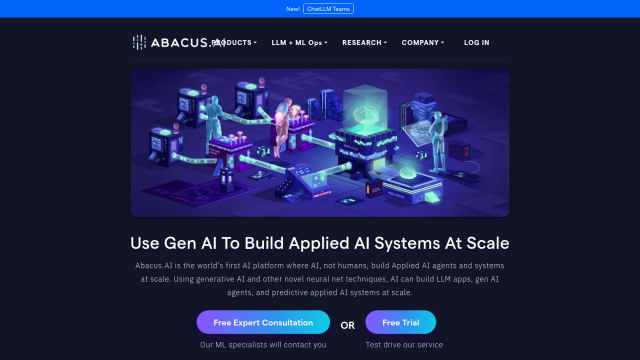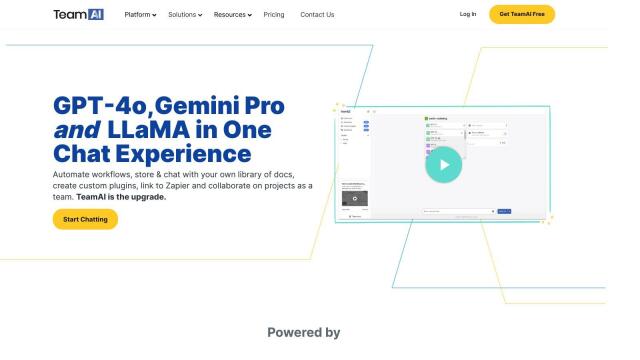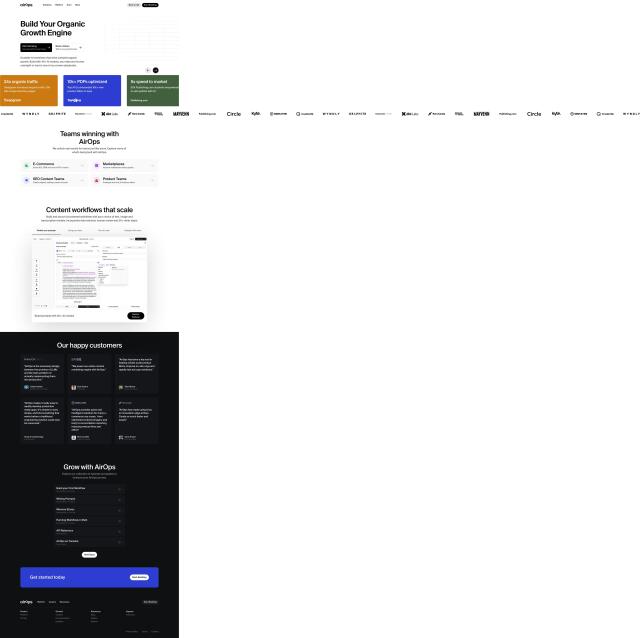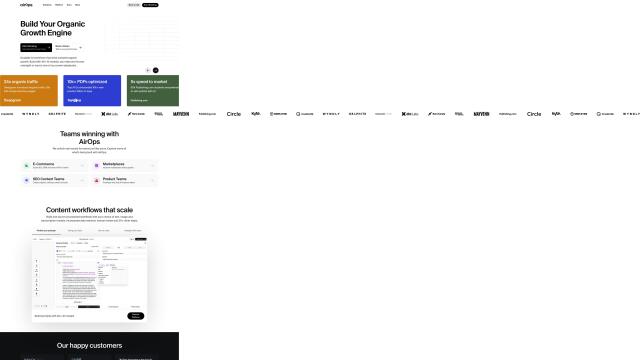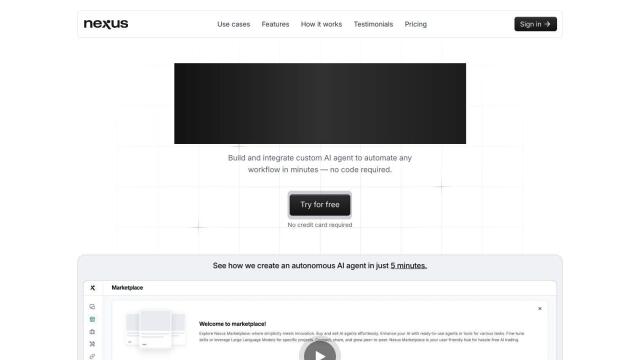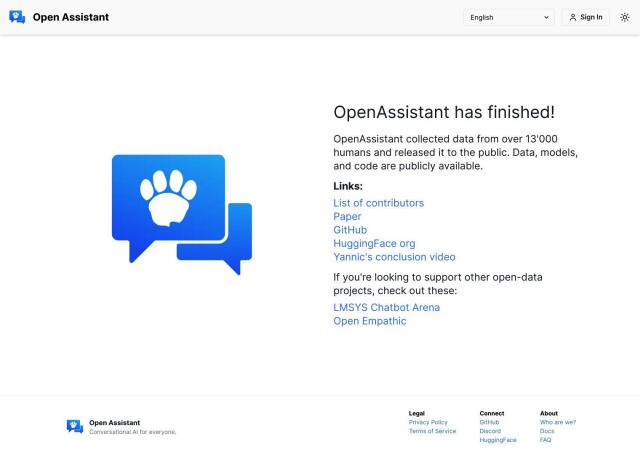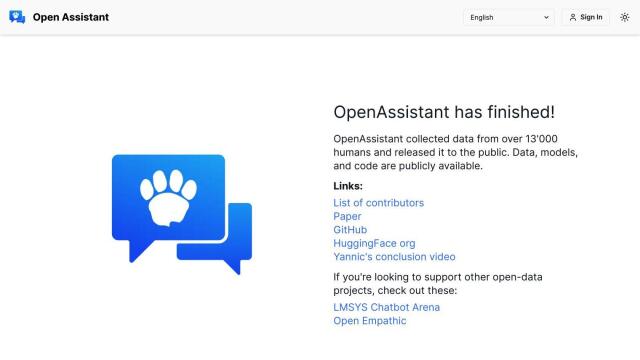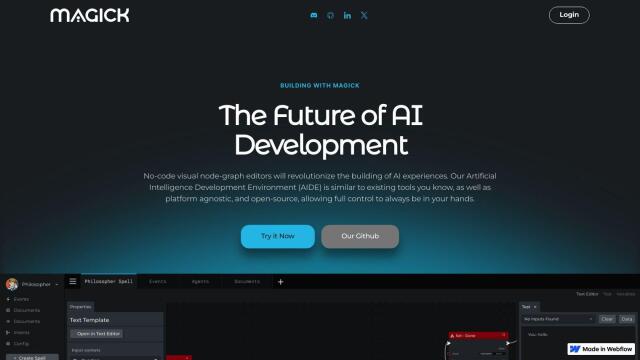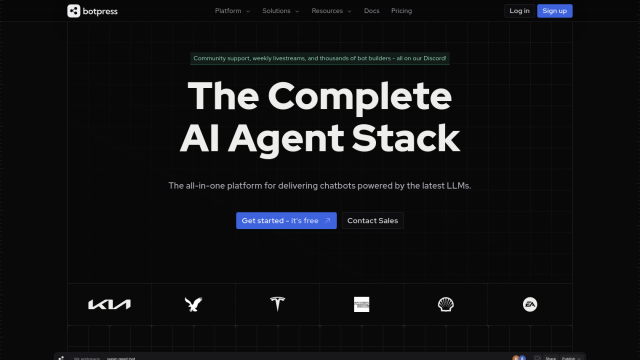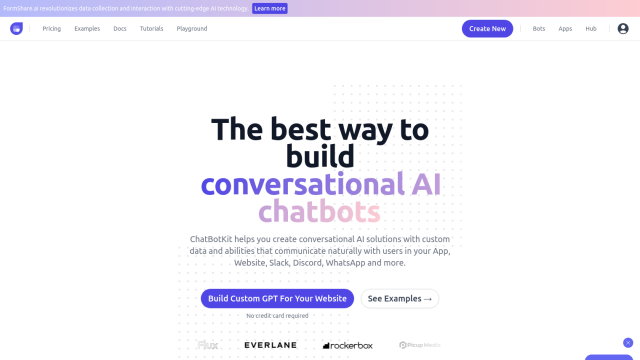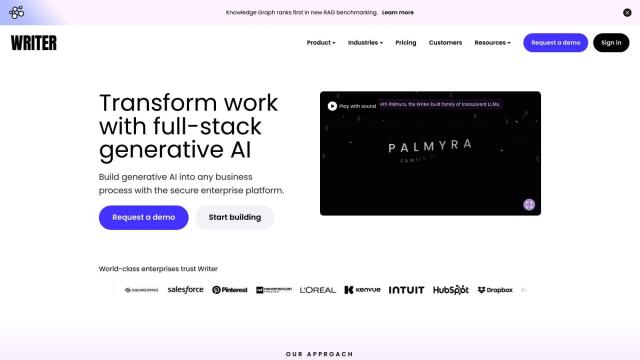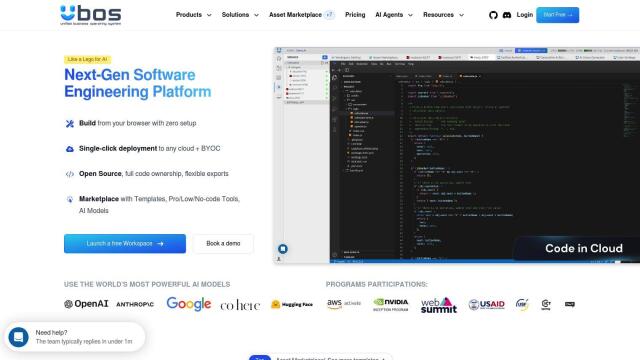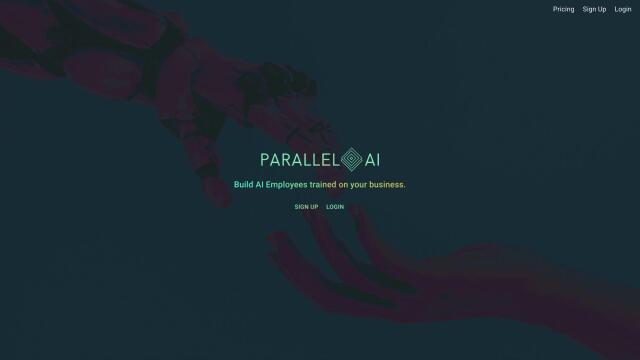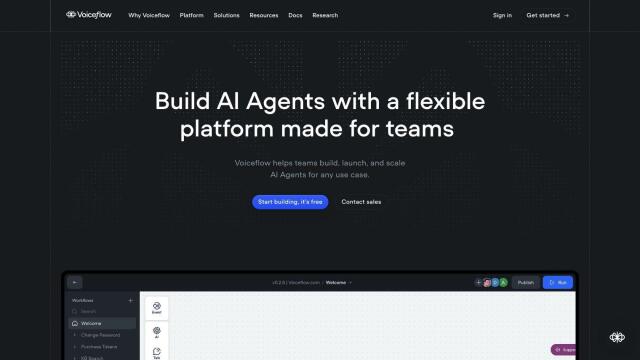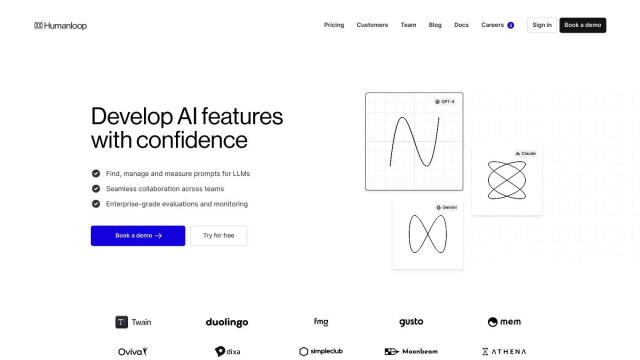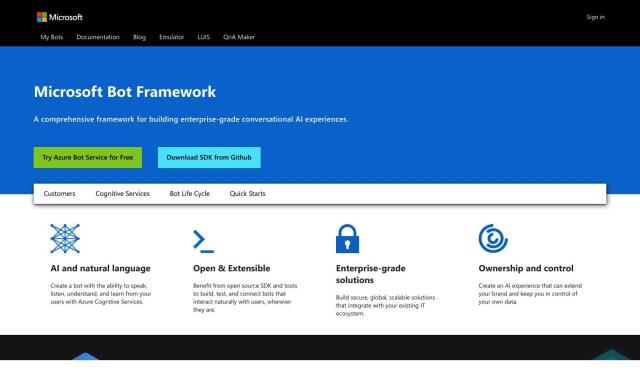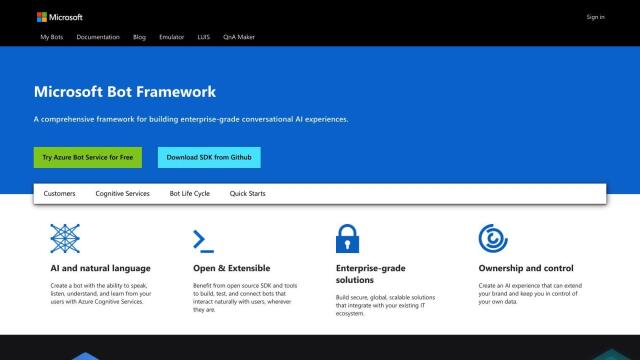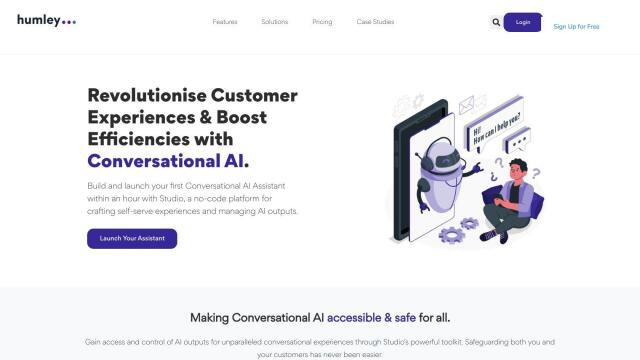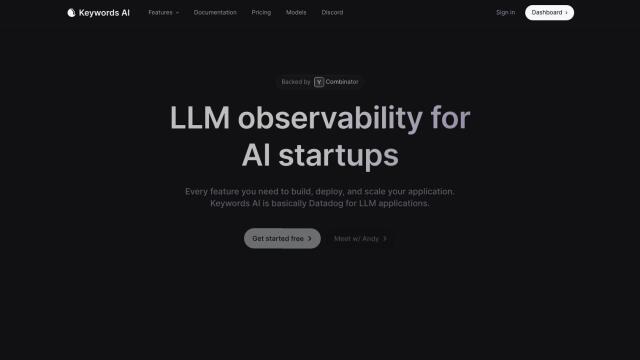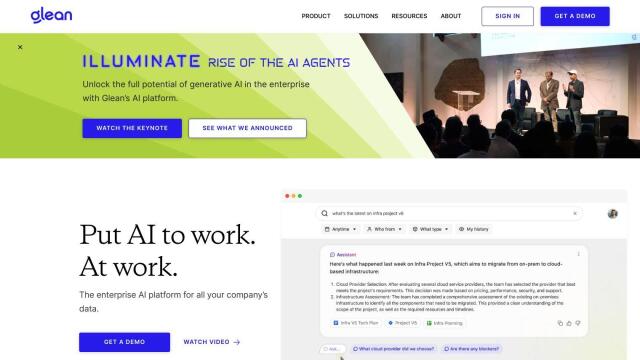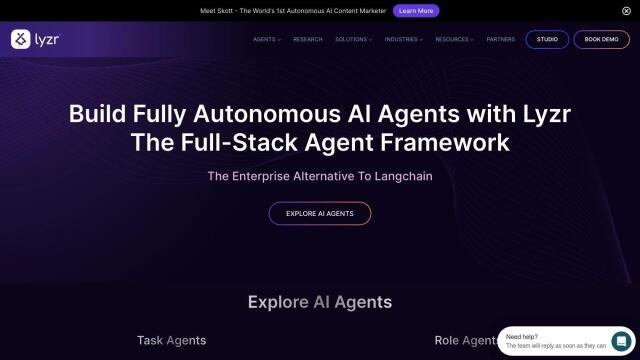Question: Is there an open-source platform that supports building chatbots and AI assistants that can automate workflows and business processes using large language models?

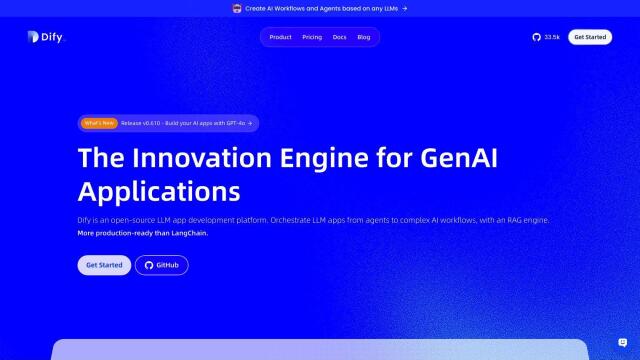
Dify
For building and running chatbots and AI assistants that automate workflows and business processes using large language models, there are several open-source platforms to consider. One of the top options is Dify, which allows you to create generative AI applications, including AI assistants and GPTs based on Large Language Models. It features a visual Orchestration Studio for designing AI apps, tools for secure data pipelines, prompt design, and model tuning. With customizable LLM agents and fast deployment, Dify offers flexibility and reliability, making it a good choice for businesses and individuals looking to integrate AI securely and efficiently.

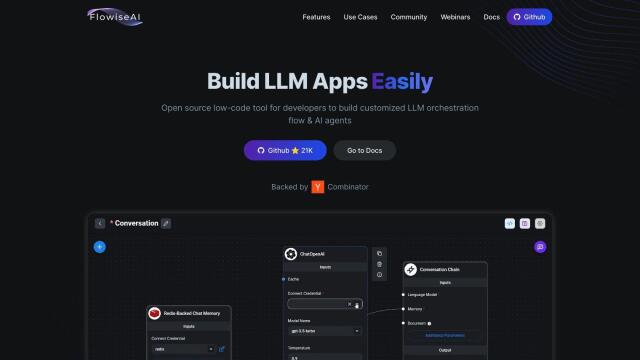
Flowise
Another excellent choice is Flowise, a low-code tool that allows developers to create custom Large Language Model (LLM) orchestration flows and AI agents. It has a graphical interface for building complex LLM apps by linking LLMs to other components, with over 100 integrations. Flowise supports running in air-gapped environments, making it suitable for a variety of tasks, such as generating product catalogs and querying SQL databases. Its extensive community and documentation make it easier to develop and iterate on AI solutions.

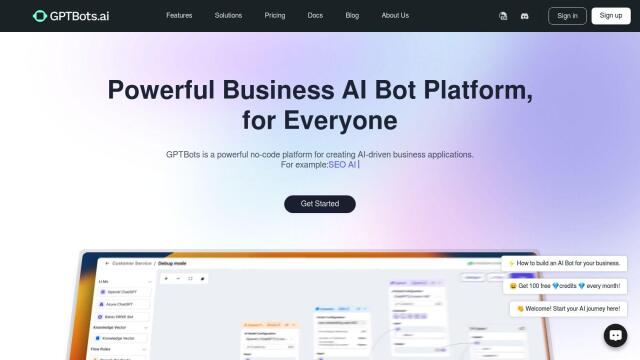
GPTBots
For those needing a no-code solution, GPTBots is a robust option. It lets you build and train AI bots without writing code, supports real-time training, multimodal dialogue input, and integrates with thousands of tools and applications. GPTBots features a centralized enterprise-specific knowledge base, controllable LLMs, and private encryption services to ensure data security. It can be used for tasks like generating blog posts, sales leads, and customer support answers, making it a valuable tool for boosting productivity and efficiency.
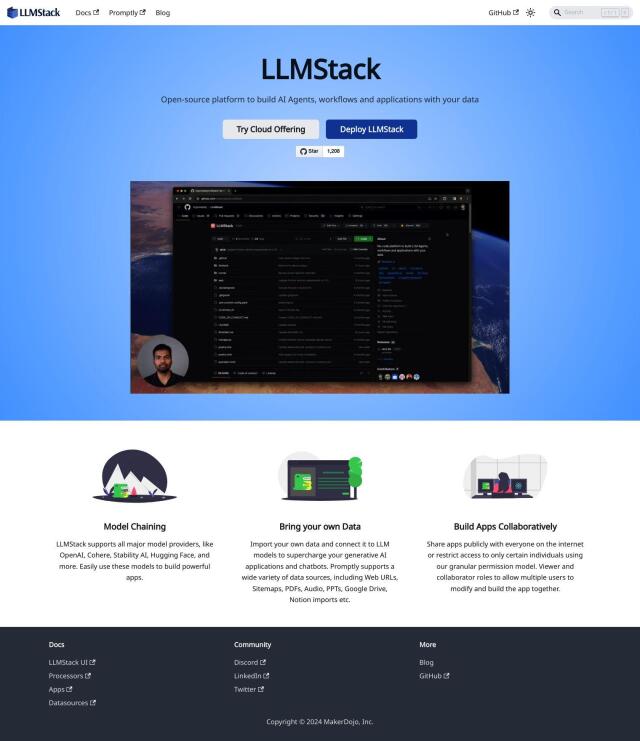
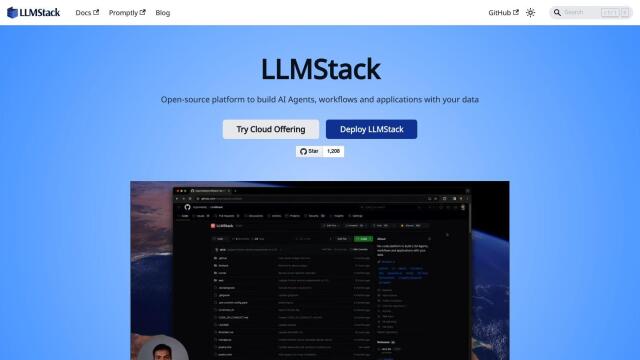
LLMStack
Lastly, LLMStack offers a powerful platform for building AI applications using pre-trained language models from big companies. It includes a no-code builder for linking multiple LLMs to data and business processes, supports vector databases, and offers multi-tenancy and permission controls. LLMStack can be run in the cloud or on-premise, making it versatile for automating workflows and business processes.

